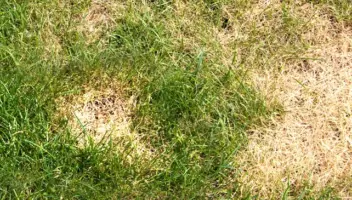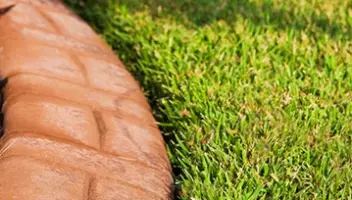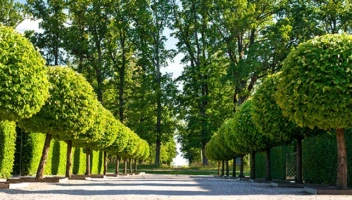Canada’s System of Soil Classification

The Soils of Canada
Until the 1950s, soils in Canada were classified based on the system used in the United States. More recently, research has proven that the United States system did not really apply to the majority of Canadian provinces due to differences in the environment and climate. Although the Canadian System of Soil Classification was initially outlined in 1955, it has been altered and refined a number of different times since then. In Canada, there are 10 orders of soil. Each order is based on a Russian name and split into groups, families, and series. Here are some details on each Canadian order of soil:
- Brunisol: Brunisol is an immature soil that is typically seen in forested landscapes. These soils feature a B horizon that gives off a brownish colour.
- Chernozemic: Chernozemic soils contain a thick black surface that is full of organic matter. In most cases, these soils are seen in subarid to subhumid and cool to cold climates.
- Cryosol: Cryosol soil is frozen soil within 1 metre of land surface. This type of soil typically shows cracks, disrupted layers, frost mounds, and other patterned surface features that are the result of the physical actions associated with ice formation and melting.
- Gleysol: Gleysol soils have gone through extended periods of continuous or intermittent saturation with water minimizing conditions during their genesis. They are characterized by visual and chemical evidence of iron reduction.
- Luvisol: Luvisols usually form on landscapes that are flat or slope gently. They are rich in nutrients and offer excellent drainage, making them ideal for a wide range of agriculture.
- Organic: Hence their name, organic soils are mainly composed of organic matter. Bog, fen, and peat soils are all organic and saturated with water for extended periods of time. Although they are dominant in forested areas in Canada, organic soils can also be found in non-wetland positions with leaf filter accumulation.
- Podzol: Podzols are created in forested ecosystems on coarse material that is rich in quartz. They are only seen in about 4 percent of the total land on Earth and range from Scandinavia to Russia and Canada in the Northern Hemisphere to Indonesia and Australia in the Southern Hemisphere.
- Regasols: Regasols are defined as weakly developed, mineral soils that lack a B horizons. These soils are correlated with landforms where the land surface is currently unstable or has been in the past. As a result of the unstable surface, the soil does not have much time to develop.
- Solonetz: Solonetzic soils are widely seen in similar ecozones as Chernozemic soils. They have a low magnesium to calcium ratio and are high in saline.
- Vertisol: Vertisol clay soils are heavily textured and do not have the horizon development diagnostic of other horizons.
Soil Tests
If you’re wondering what type of soil you have, soil testing is a great way to do so. You can create your own soil test at home or purchase an at-home test kit. More information each type of test can be found below.
DIY Testing
For an easy (and cost-free) DIY soil test, simply fill a clear mason jar halfway with dirt from your garden. Fill the rest of the way with water. Then, let it sit and settle out for four to five hours. You’ll begin to see layers of different textures, which you can then use to determine which of the soil types you have.
At-Home Test Kit
Basic garden soil test kits can be purchased at most home improvement stores. They may have a wide range of results, so if you’d like to know very specific pH and nutrient levels, this might not be the test for you. If you’re comfortable with a ballpark estimate just to get started on the right path, at-home test kits are your best option.
Optimizing Garden Soil
No matter what type of soil you have in your gardens, your plants will suck up many of the nutrients naturally present in your gardens. Because of this, you’ll need to make sure to replenish nutrients on a regular schedule (every few years or so).
Composting is great for these purposes. Even if you don’t compost, this can be done by adding organic material, such as eggshells, coffee grinds, banana peels, small amounts of fireplace ash, and dead leaves straight onto the base of your plants, as the beneficial nutrients will automatically be absorbed.
You can also try adding some manure, and regularly fertilizing to supercharge your garden soil. It is also a good idea to mix in some potting soil when you transplant new plants in your garden.


